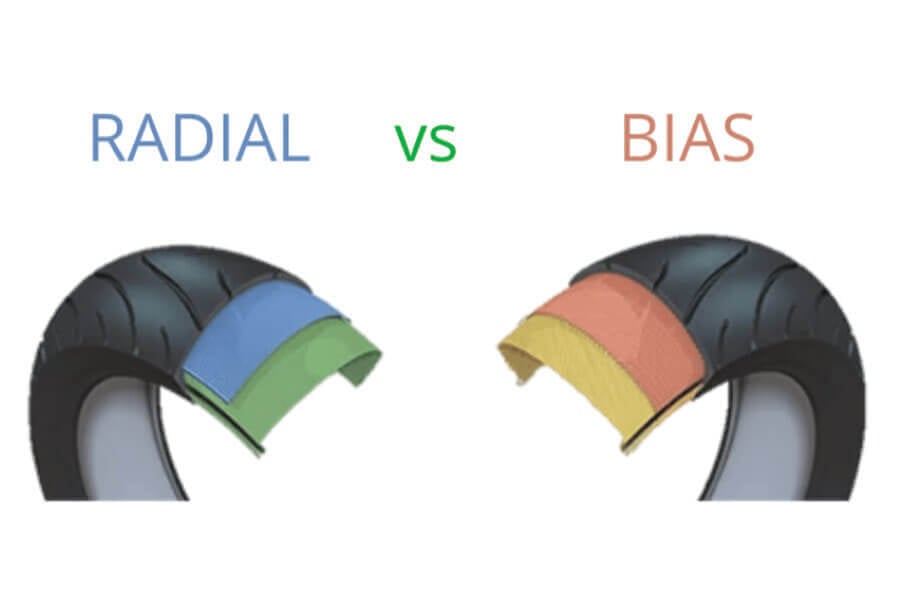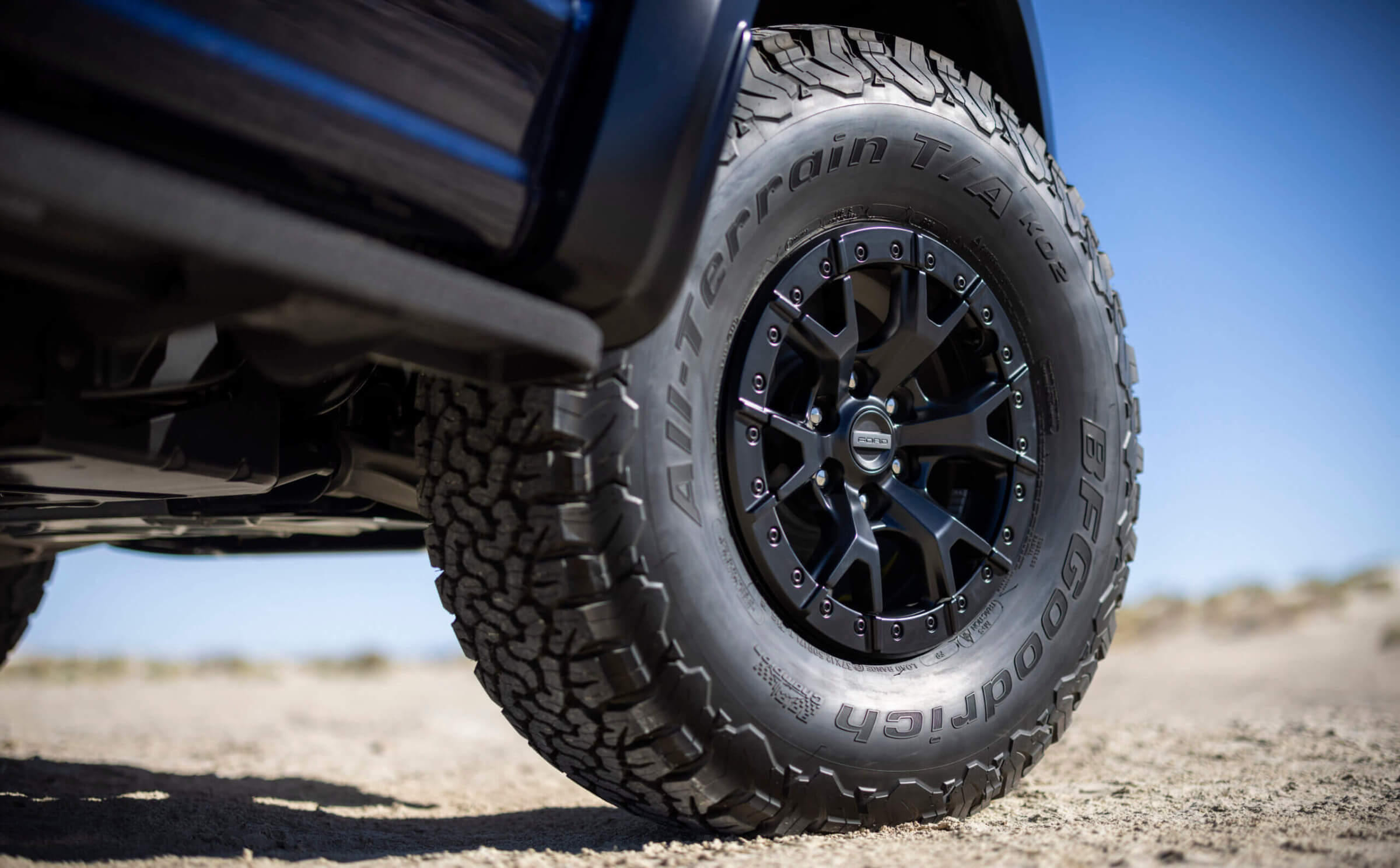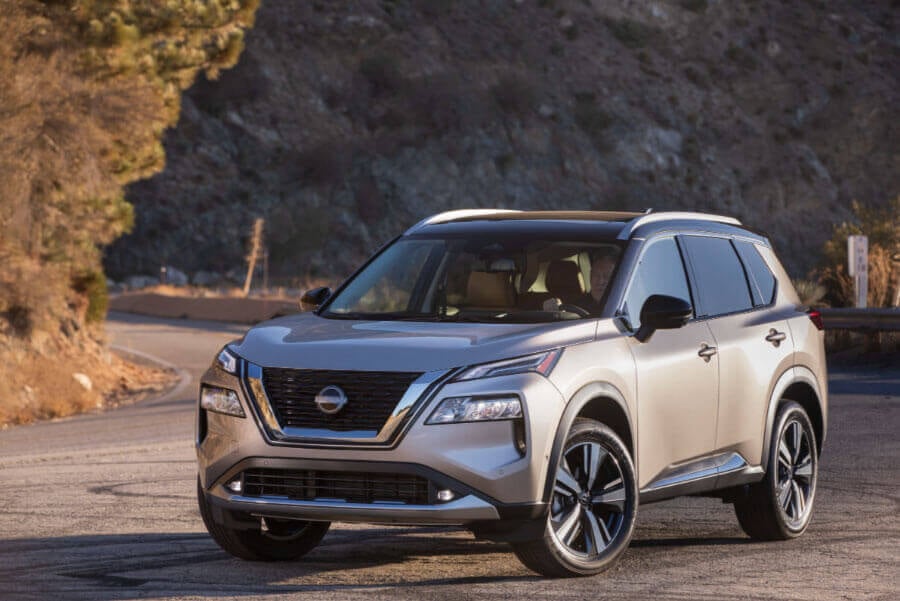Although they are part of our daily lives, and we rely on them to get us where we need to go, and even if they have to be changed occasionally, whether because of the changing season or because they are too worn out, tires are an integral part of our vehicle. However, despite the fact that they are the only point of contact with the road, most drivers know very little about this essential component of our safety.
All tires, regardless of brand, are complex items that require thousands of hours of research and testing. They are made of unique materials developed by technicians and engineers who carefully consider all the different factors that tires have to deal with. That's why there are so many different tires, be it for:
- Daily use;
- Racing, drifting or drag racing;
- Winter, summer, or all-season driving;
- Transporting heavy loads;
- Trailers, motorcycles, etc.
In other words, every type of vehicle requires a specific type of tire. So, for those of you who are curious, we will try to answer the question: What is the difference between a radial and bias tire?
What is a radial tire?
The radial tire made its appearance in 1946, and it was the French manufacturer Michelin that filed the first patent for an invention that would revolutionize the tire industry. In fact, this new way of manufacturing tires, which consists of winding the threads perpendicular to the road, made it possible for Michelin to position itself as the leader in the industry, for several reasons. First of all, compared to a bias tire, a radial tire delivers:
- Greater resistance;
- Improved road holding;
- Superior rolling comfort;
- Greater reliability.
The advantages of radial tires
As mentioned above, radial tires offer significant advantages when it comes to performance and reliability. On top of its greater durability, a radial tire is much better suited to absorb road shocks and vibrations. This allows the driver to drive faster and more comfortably.
What's more, the steel plies on a radial tire are laid perpendicular to the bead, and the carcass is reinforced with a steel belt. Since the plies are laid perpendicular to each other, the sidewalls are more flexible, which in turn results in improved contact with the road.
The key advantages of radial tires are grip, stability, more even wear and greater rolling comfort.
The disadvantages
Although they are few in number, radial tires do have some disadvantages, and they are not ideal for every type of vehicle and driving style. If you drive an off-road vehicle, a bias tire is a better choice.
What is a bias tire?
In the early days of automobiles, cars were equipped with solid rubber tires. Then came the bias tire, which was made up of multiple layers of overlapping steel plies that interlocked the wires from one layer to the next.
The multiple layers of carcass are made of nylon plies, placed on the sidewalls of the tire and in the tread at a 55 degree angle. Because these layers of carcass are very thick, the bias tire is much more prone to overheating.
The advantages of a bias tire
Perfect for driving over rocks and rough roads, or for vehicles that need to carry heavy loads, a bias tire is the best choice for travelling on difficult terrain. So if you drive an SUV that is likely to be driven off-road regularly, this tire will give you a much better performance.
The disadvantages
The main difference between a radial and bias tire is that the bias tire delivers a noisier and less comfortable ride. Additionally, because they tend to heat up a little faster, using them too much can lead to premature deterioration.
How do bias and radial tires compare?
Both technically and structurally, radial and bias tires are very different. Their unique characteristics will dictate how they should be used and what type of vehicle they are best for. The flexibility of the sidewall of a radial tire does not transfer to the tread, and since the rubber-to-road surface is wider and more uniform, the engine's power is leveraged with less skidding. Also, the carcass is much softer, so it absorbs more road shocks and vibrations to deliver a much more comfortable ride.
As for the bias tire, its surface is rougher and more irregular, which means that it bites into the road surface. This results in a loss of power from the engine. The stiffer carcass of a bias tire also generates more bumping and shaking, so it is less comfortable than a radial tire. In fact, because of the diagonal structure, the tread needs the flexibility of the tire's sidewalls.
In Short
If you are wondering whether you should use radial or bias tires, the best way to answer this question is to consider how exactly you intend to use your tires. Do you frequently drive on the highway and almost exclusively on city streets? A radial tire is much better suited to that type of driving, and its main advantages include:
- Superior road holding;
- More comfortable ride;
- Better fuel economy;
- Greater stability on the road.
In contrast, if you regularly drive on country roads, on challenging trails or on gravel paths, then a bias-ply tire is a better option. Custom-made for off-road vehicles, this type of tire is ideal for bumpy and uneven roads. Among the many benefits of bias tires, you can find:
- Greater rigidity;
- Longer life;
- Exceptional off-road performance.
If you are unsure of what type of tire is best for your vehicle or your driving style, don't hesitate to contact one of our experienced advisors. They are always happy to help you so you can make the right choice.






